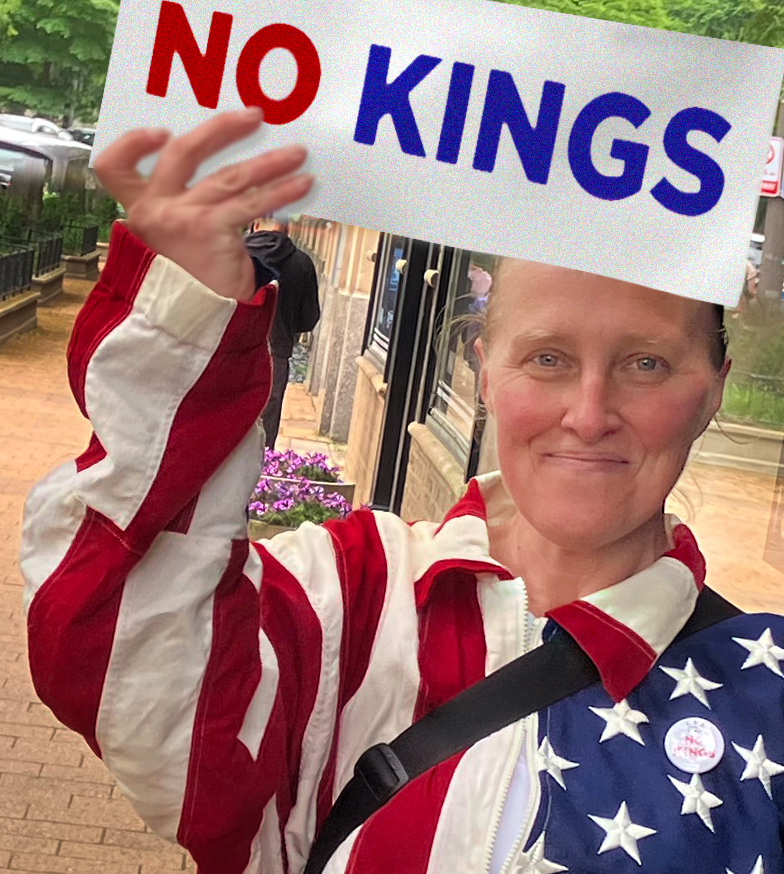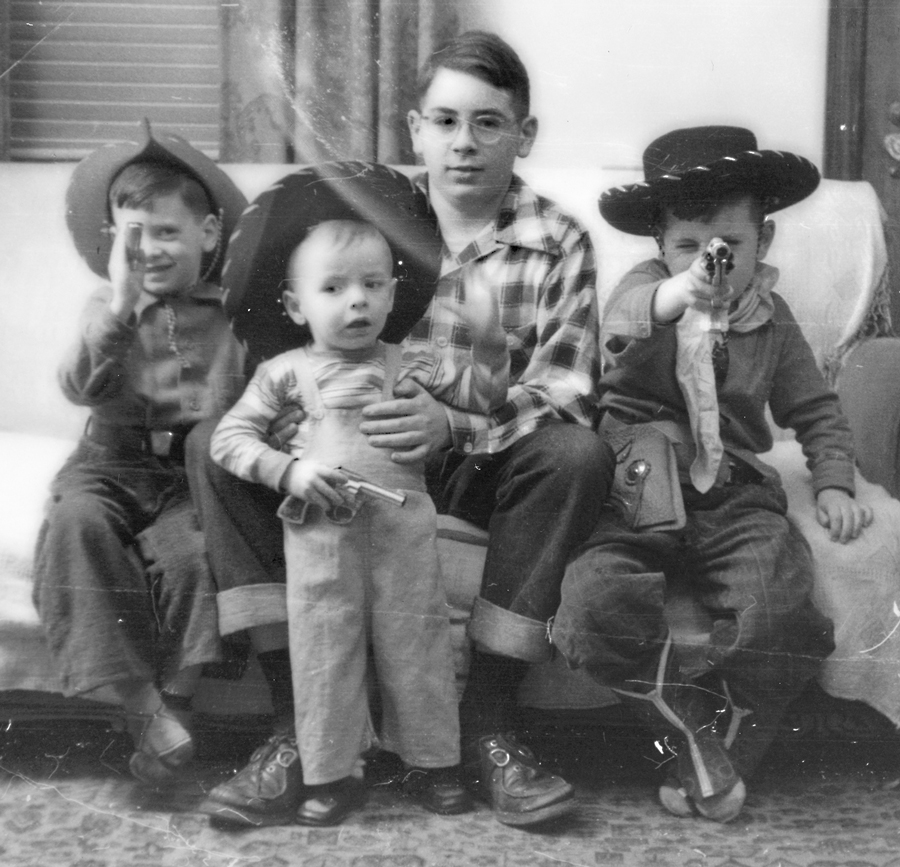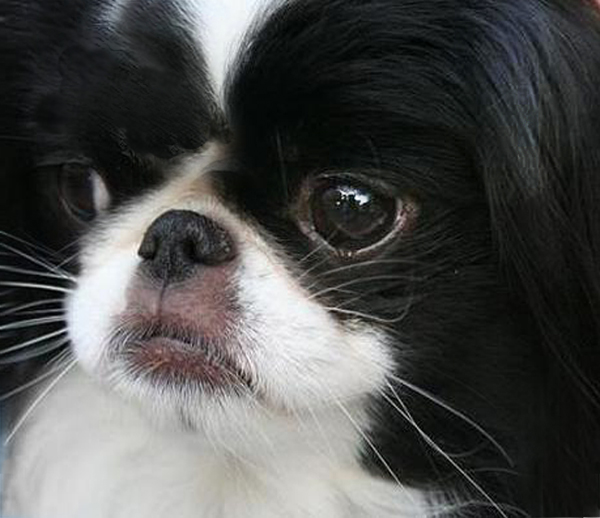No Kings
Out Among Humans The ‘No Kings’ movement lead to the Declaration on Independence. It was ratified on the 4th of July.The abuses King George III inflicted on his subjects drove the colonies to break away from the British Empire.
The ‘No Kings’ movement lead to the Declaration on Independence. It was ratified on the 4th of July.The abuses King George III inflicted on his subjects drove the colonies to break away from the British Empire.
They would fight a war, at great risk and great cost, to be free of a king.
Jefferson, Franklin and Adams wrote that defiant declaratiohn to indict George III with a list of long-standing grievances.
The KING did incite domestic insurrections.
HE obstructed justice; and intimidated judges.
HE deprived people of a trial by jury, and sent persons overseas to be tried for pretended offenses.
HE created special offices to harass political opponents.
HE cut off the colonies’ trade with the rest of the world.
HE obstructed the citizenship of foreigners.
This year, millions of American patriots in cities and towns across the nation have joined the ‘No Kings’ movement. They protest executive abuses they and the Courts see as dangerously similar to those of George III.
The British king is said to have called George Washington “the greatest man in the world” when Washington refused repeated efforts to make him king.
The father of our country understood that nothing is more dangerous than a politician who fancies himself a king, a czar, an emperor or a fuhrer.![]()




